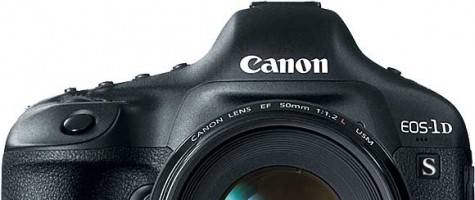Now this is innovation, folks. Sony's reportedly gearing up to announce a pair of "lens cameras" that attach to your existing smartphone or tablet.The lens-cameras will attach to a smartphone, therefore transforming it into a high-end point and shoot snapper via a wireless connection. The handset’s display will work as a viewfinder (a dedicated app will more than likely be involved in the process). The unique devices are said to feature a sensor, processor, zoom lens, WiFi connectivity and an SD card slot, but no display or other typical controls (beyond a zoom toggle and perhaps a shutter release)which each feature built-in sensors (presumably Exmor RS CMOS BSI setups), BIONZ image processors,and NFC (presumably Bluetooth too?) and a microSD slot.. You'll use your handset or slate to control the lens, adjust framing and transmit images. According to SonyAlphaRumors, the electronics giant is expected to release two models: the DSC-QX10 (pictured above) and the DSC-QX100. The latter will ship with the same 1-inch sensor used with theRX100 Mark II, while the other lens will include a larger 10x focal range and a 1/2.3-inch 18-megapixel CMOS sensor this apparently uses a 1-inch sensor in a setup which is highly praised by photography aficionados and also appears inside the Nikon 1.. The idea is that you attach them to your smartphone magnetically and link up via the NFC/Bluetooth or Wi-Fi, using the phone display and on-screen camera controls.It’s also been suggested that both models may have built in optical image stabilisation (OIS). According to the report the lens-cameras will be more widely compatible than you might think, working with both a range of Android handsets and Apple's iPhone, rather than just Sony devices. There's no word on pricing or availability, but with Sony's IFA press conference right around the corner, we'll likely get the full scoop (and hopefully some hands-on time) come September 4th.While it is nice to see innovation from Sony, this is just the first round of these devices. If there’s a future in this market, I would expect to see something much different and more compact over the next couple generations.















